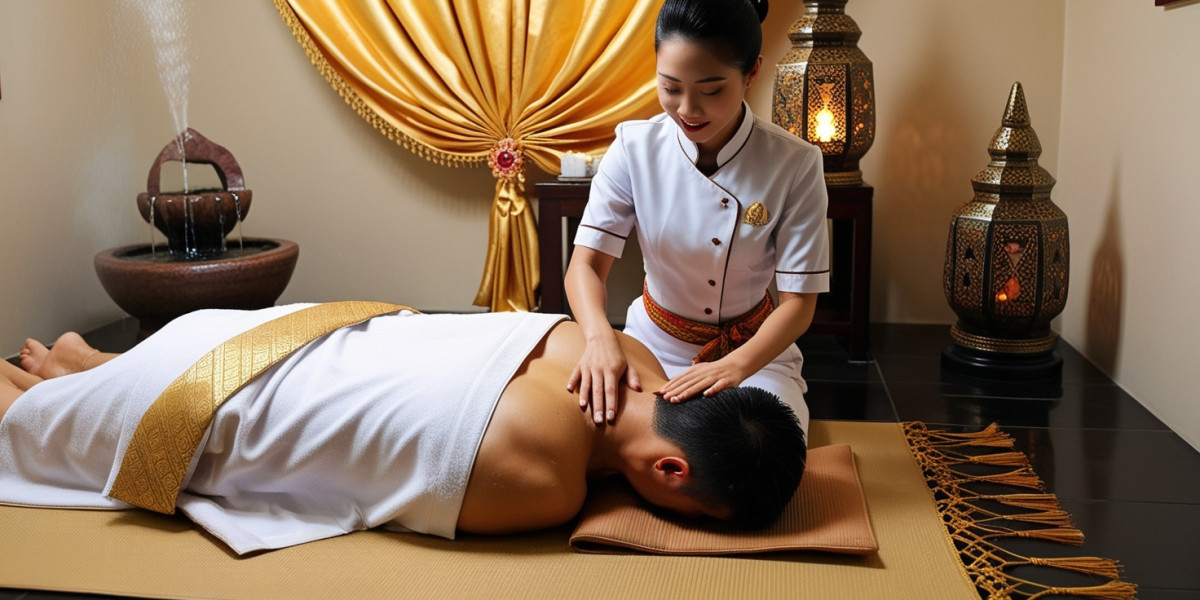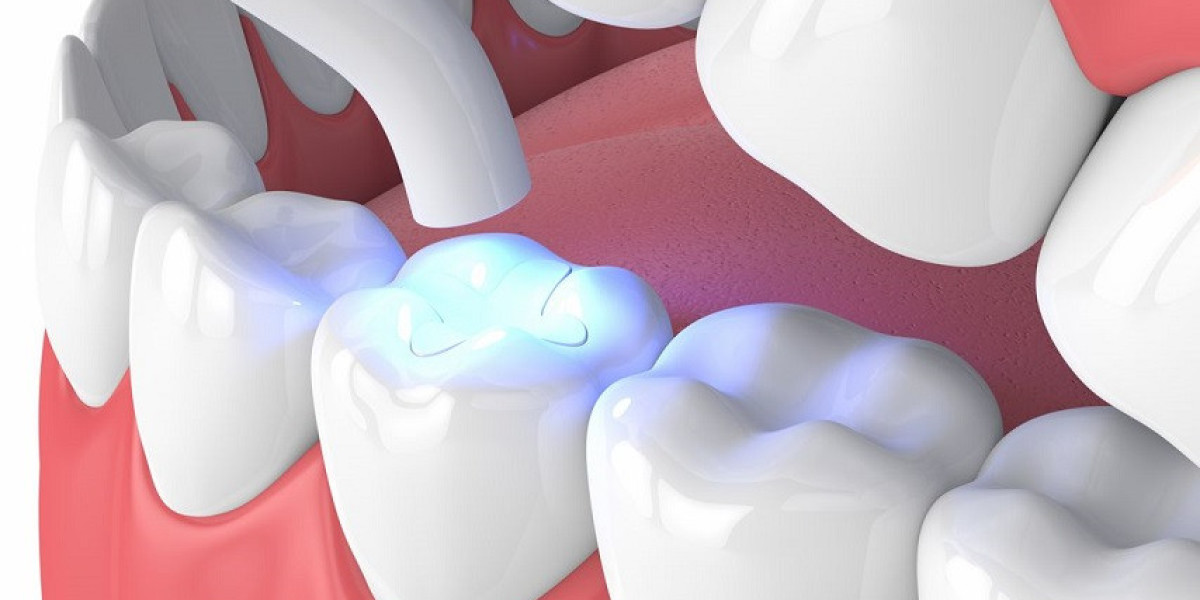Thai massage is a time-honored practice that blends traditional healing arts with modern relaxation techniques. Rooted in ancient Thai medicine, it has been used for centuries to promote physical well-being, relieve stress, and restore balance to the body and mind. Unlike typical massages, Thai massage involves more than just kneading or rubbing muscles; it’s an entire therapeutic process that uses a combination of acupressure, stretching, and deep tissue manipulation.
If you’ve never experienced a Thai massage or are curious about its benefits, this article will take you on a journey into the ancient techniques used at a thai massage spa and how they can rejuvenate both your body and spirit.

The Origins of Thai Massage
Thai massage, also known as Nuad Thai, is an ancient healing system that dates back more than 2,500 years. Its roots can be traced back to Indian influences, particularly the teachings of Jivaka Kumar Bhaccha, a physician who is believed to have worked with the Buddha. He is credited with the creation of many of the techniques used in Thai massage today.
Thai massage is influenced by several practices, including Ayurveda, Yoga, and traditional Chinese medicine. The combination of these systems creates a holistic therapy that focuses on the body’s energy lines, or Sen lines, which are similar to acupuncture meridians. The practice aims to restore the flow of energy and improve overall health and wellness.
Key Techniques in Thai Massage
1. Acupressure
One of the central techniques in Thai massage is acupressure, where therapists use their fingers, palms, elbows, and knees to apply pressure to specific points on the body. These pressure points correspond to energy lines that run throughout the body. By targeting these points, acupressure helps release blockages, reduce muscle tension, and restore balance to the body's energy system.
Acupressure is thought to promote circulation, ease pain, and induce a deep sense of relaxation. It’s particularly effective for those who suffer from chronic pain, tension, or stress.
2. Stretching and Yoga-Inspired Movements
Unlike most massage techniques, Thai massage incorporates passive stretching into the treatment. The therapist uses their hands, feet, knees, and legs to guide the client into various stretching poses, similar to yoga postures. These stretches help release tight muscles, improve flexibility, and enhance joint mobility.
The deep stretches are especially beneficial for those who have limited flexibility or those who experience muscle stiffness. Thai massage stretches can also improve posture and boost energy levels, making it a revitalizing experience for both the body and mind.
3. Rhythmic Compression
Rhythmic compressions are another technique commonly used in Thai massage. The therapist uses their hands or forearms to apply gentle, rhythmic pressure along the body’s energy lines. This method helps relax the muscles, promote blood flow, and induce a calm, meditative state.
These compressions are usually applied along the back, shoulders, legs, and arms. The rhythmic nature of the pressure not only targets physical tension but also helps to relieve mental stress, contributing to an overall feeling of peace.
4. Mobilization of Joints
Thai massage also involves joint mobilization, which is the gentle manipulation of joints to improve their range of motion. The therapist may move the limbs in a controlled manner, helping to loosen stiff joints and muscles. This technique is especially effective for those dealing with mobility issues or recovering from injury.
Joint mobilization in Thai massage can promote better circulation, ease joint pain, and help with the overall movement of the body.
The Benefits of Ancient Thai Techniques
The combination of acupressure, stretching, rhythmic compressions, and joint mobilization creates a truly holistic approach to healing. The benefits of these ancient techniques are far-reaching and can help improve both physical and mental health.
1. Stress Relief and Relaxation
The deep pressure, stretching, and rhythmic movements of Thai massage have a profound calming effect on the nervous system. This helps to activate the body’s parasympathetic response, which is responsible for relaxation and stress reduction. After a Thai massage, many clients report feeling deeply relaxed, centered, and free from anxiety.
2. Improved Flexibility and Mobility
The stretching techniques used in Thai massage work wonders for increasing flexibility and mobility. The yoga-like stretches encourage the muscles to lengthen and relax, which can help improve your range of motion and reduce stiffness. Regular Thai massages can keep your body flexible and help prevent injuries by keeping your muscles and joints in good condition.
3. Pain Relief
Thai massage is incredibly effective at relieving various types of pain, including back pain, neck tension, and headaches. The targeted pressure applied during acupressure and rhythmic compression helps release muscle knots, reduce inflammation, and promote healing. For those with chronic pain conditions or sports-related injuries, Thai massage provides a natural alternative to pharmaceutical treatments.
4. Enhanced Circulation and Energy Flow
By focusing on the body’s energy lines, Thai massage helps stimulate blood circulation and the flow of oxygen to the muscles and organs. Better circulation promotes overall health and well-being, supporting the body’s natural healing processes. Many people who receive regular Thai massages report feeling more energized and alert.
5. Emotional and Mental Balance
Beyond the physical benefits, Thai massage is also known to improve mental clarity and emotional well-being. The mindfulness aspect of Thai massage, with its focus on breathwork and relaxation, allows clients to experience deep emotional healing. Regular treatments can help combat feelings of anxiety, depression, and fatigue, contributing to an overall sense of emotional balance.
Conclusion
Exploring the ancient techniques at a Thai massage spa offers much more than just a relaxing experience. It’s a journey into healing, stress relief, and rejuvenation. Whether you're looking to reduce tension, increase flexibility, alleviate pain, or simply relax, Thai massage can provide the solution you need. By embracing the time-tested techniques passed down through generations, you’re not only treating your body, but you’re also nourishing your spirit.
If you’re looking for a truly holistic therapy, a visit to a thai massage in Dhaka is the perfect way to experience the benefits of these ancient healing arts. Let the skilled hands of a trained therapist guide you on a path to relaxation, balance, and wellness.








